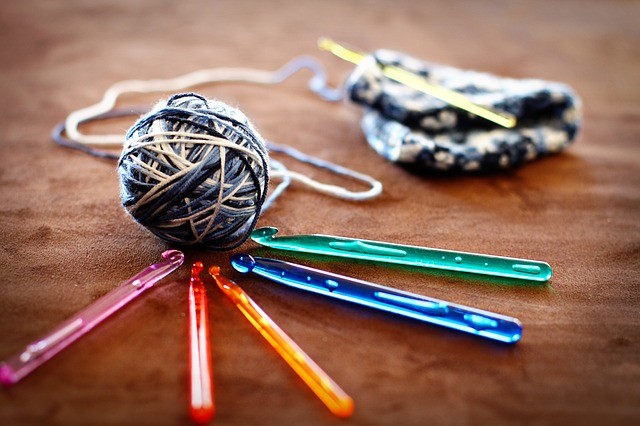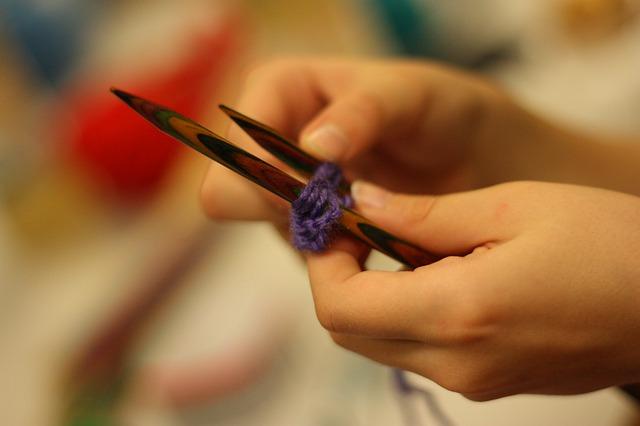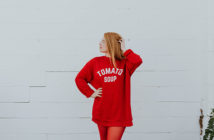When it comes to crocheting, if you haven’t tried it before, it can appear daunting. From figuring out what needles to use, to what the heck ‘ch’ stands for and why it’s everywhere in the instructions, to which yarn to use.
It can be hard at first, but starting at the top is always the best way to learn.
Here is a definitive guide to getting yourself started with crocheting, including a short guide to crochet stitches, where you can find crochet stitch patterns, and how to locate simple tutorials to get started on your new hobby!
Contents
Terms for Crochet Stitches
When reading the instructions for crochet patterns, there are often seemingly random letters grouped together.
These all have specific meanings, and it would be best to familiarize yourself with them before getting started, so as to avoid confusion when your hands are in the middle of fiddling with yarn.
The most common terms you’ll need to know are as follows:
- Chain – ch
- Slip Stitch – sl st
- Single Crochet – sc
- Half Double Crochet – hdc
- Double Crochet – dc
- Triple Crochet – trc
- Fasten off
- Skip/skip over
- Gauge
- Yarn over – yo
The most common one you’ll see is ‘ch’, which stands for chain stitch. This is the basic stitch and the base for many different types of projects. It’ll probably be the best thing for you to learn first.
The slip stitch (sl st) may require a bit of practice. It’s the shortest crochet stitch. They’re used to move yarn across a grouping of stitches without adding height. They can also be used to combine work when crocheting rounds.
The single crochet (sc) simply refers to a single stitch or a row of stitches.
The half double crochet (hdc) is an unusual stitch. It’s in between a single stitch and a double crochet in height, but you pull the yarn through three loops on the hook instead of two.
The double crochet (dc) is a bigger stitch than the single crochet. It is formed with the yarn over (yo), which is wrapping yarn from the back to the front before putting the hook in the stitch.
The triple crochet (tc) can also be called a treble crochet. It’s bigger than the double crochet, and is done by wrapping two yarn(s) over at the start of a stitch instead of one.
To “fasten off” is when you’ve finished a piece of your work. This simply means you fasten off the yarn and secure it so your project won’t unravel.
You just simply cut the yarn, leaving a few inches and, using the hook, draw it through the final loop of the piece.
“Skipping over” is exactly as it sounds. You skip a stitch. This is done mostly when working on rounded projects.
The term “gauge,” when in relation to crochet, means the number of stitches per inch and rows per inch, as the result of a specific yarn, worked with a specifically sized hook.
What You Need For Your First Project
Now that you’ve done your homework and read up on your terms, it’s time for the first project. What better way to practice than to make your own scarf?
Scarves are relatively simple to make, and there are many different patterns, ranging from simple to a little more advanced.
No matter where you go for tutorials, whether it be books or blogs or YouTube, this is where that chain stitch comes into play.
Generally, you’ll be starting with the base chain. This means you’ll need to ‘cast on,’ putting that first row of stitches on your hook. There are many good tutorials for this available online.
Needles
When buying needles for your project, it’s nice to know they’re not so expensive, and you can buy them in multi-packs. This means you’ll have the required needles for nearly every project to come.
If you’re serious about making this your new hobby, this is definitely the way to go. It’s better to have what you need for later on, when you decide to start another project, than be waylaid because more shopping is required.

Yarn
Purchasing yarn can be daunting. You’re standing in the aisle at your local craft store, staring at a wall of colors, trying to figure out which one to buy.
Should you buy cotton? Or wool? Or alpaca? Or any variety of others?
For a beginner, it’s best to use a sturdy yarn. Wool, cotton, or acrylic would be best.
Wool is sturdy and easy to unravel a bit if you’ve made a mistake. Cotton is good for working with during the summers, as wool gets uncomfortable to work with in heat.
Finally, acrylic is good if you’re looking for a cheaper approach; however, be aware that the fiber can pull apart sometimes.
Online and Book Tutorials for Learning Crochet Stitches
There are so many different tutorials online, it’s not hard to find one with the project you have in mind. There are videos on YouTube, blog posts, and websites dedicated to all things crochet.
The website www.thesprucecrafts.com features all sorts of information, tutorials, and crochet stitch patterns available for use, as well as links to videos pertaining to specific projects they describe on specific pages.
For example, here’s a video showing 5 basic crochet stitches.
There are so many books about crocheting that it’s almost impossible to find the best ones. However, there are three good choices for beginners. A to Z of Crochet: The Ultimate Guide for the Beginner to Advanced Crocheter by Martingale.
There’s also Crochet Step by Step by Sally Harding, which offers more than 100 techniques and crochet patterns, and includes 20 projects for beginners.
The final book is The Crochet Answer Book: Solutions to Every Problem You’ll Ever Face; Answers to Every Question You’ll Ever Ask, by Edie Eckman.
These books come highly recommended. However, if you try them and they’re not for you, don’t be discouraged! There are literally hundreds of others to choose from.
Now that you’ve gotten your basic guide, information about stitches, crochet terms, yarn, needles, and where to find other information guides, it’s time to get started on your next hobby!
Do you have any tips on crochet stitches? What’s your favorite?






